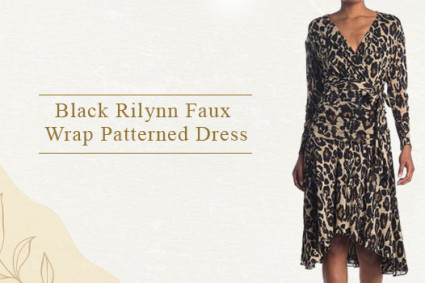When it comes to donning a wig, comfort is key. Whether you are wearing a short bob wig or any other human wig, the right foundation can make all the difference. Wig caps and wig liners are two common options with advantages and drawbacks. In this guide, we will explore the pros and cons of both to help you determine which one offers superior comfort for your unique needs.
Understanding Wig Caps
Wig caps are a familiar choice for wig-wearers. They are typically made from a stretchy fabric, like nylon or mesh, and are designed to be worn underneath your wig. Here's a closer look at their comfort:
Breathability: Wig caps are known for their breathability. The mesh or nylon material circulates air, preventing your scalp from becoming overly sweaty or uncomfortable.
Security: These caps provide a secure base for your wig to grip onto, reducing the risk of slippage or movement during wear. This can enhance overall comfort by keeping your wig in place.
Coverage: Some hairpieces like short bob wig offer complete coverage of your natural hair, ensuring it's well-protected and concealed under the wig. This can be particularly beneficial if you have longer hair.
However, it's essential to consider some potential downsides:
Sensitivity: Some individuals may find the tight elastic of wig caps uncomfortable or irritating, especially if they have a sensitive scalp.
Heat Retention: While breathable, wig caps can still trap heat, potentially making your scalp warmer than desired in hot weather.
Exploring Wig Liners
Wig liners are another option for achieving comfort with your wig. These liners are typically made of a soft, lightweight material, such as cotton or bamboo, and are worn under your wig. Here's how they stack up in terms of comfort:
Softness: Wig liners are known for their soft and gentle feel against the scalp. They can provide a cushioning effect. It reduces friction and irritation.
Coolness: Liners are excellent at heat dispersion, unlike wig caps. They help keep your scalp cool and comfortable, making them a great choice for warm climates.
Versatility: Wig liners can be used with various wig styles, and glueless lace wigs, making them a versatile choice for wig-wearers.
However, it's important to consider some potential drawbacks:
Security: While wig liners are comfortable, they may not provide the same level of security as wig caps. If you have concerns about wig slippage, additional measures may be needed.
Coverage: Depending on the type of wig liner you choose, it may not offer the same coverage as a wig cap. Some liners are designed to cover only the head's crown, exposing the nape.
Choosing The Right Option For You
Now that we've compared the comfort aspects of wig caps and wig liners, it's time to make an informed decision based on your individual preferences and needs. Here are some factors to consider:
Climate: If you live in a hot and humid climate, a wig liner's cooling properties may be more appealing. Conversely, if you need extra security, a wig cap might be the better choice.
Sensitivity: If you have a sensitive scalp, prioritize softness and comfort. Wig liners are typically gentler on the skin.
Wig Style: The wig you wear can also influence your choice. Glueless lace wigs and other options can be worn, but your comfort is important and it may vary depending on the specific wig style.
Duration of Wear: Consider how long you'll wear your wig. Other options may suffice for short periods, but for extended wear, prioritize comfort to prevent discomfort or irritation.
Final Words
Both options offer unique benefits, and you may find that a combination of both works best for you, depending on the situation. Whether you opt for a short bob wig or any other option, make sure your foundation is comfortable.



